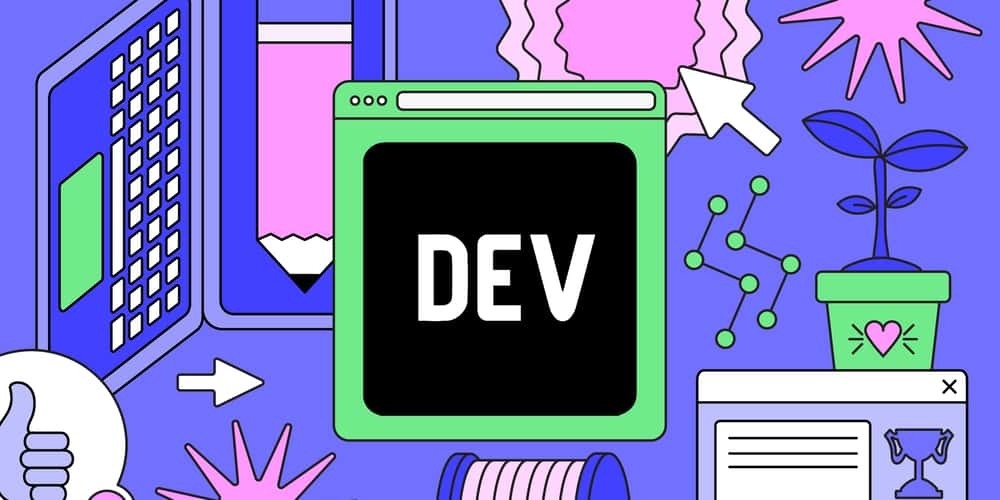Truth be told, the very first question I asked myself when news of Web 3.0 took over the internet was “I don’t even know what Web 2.0 is. What exactly is the 3.0?” The only thing I knew was that it of course should be higher than 2.0; as per numerical consequence.
Hence, this article will help anyone in that shoe to better understand these concepts and also draw significant differences between them.
The Status Quo
The world has evolved massively and very rapidly to get to where it is today, and the space of technology and communication as in fact stood out brightly in this evolution. The web has grown so large that it is integrated with almost every other human social sector. Through this means, technology has helped people create solutions to problems, but also ease the means by which we communicate, share and solve those problems. The world is however, still moving. Our traditional web technology is changing; of course, to something very better.
To identify Web 2.0, you don’t need to think much. It’s the current web technology available for us now to perform so much with. Web 3.0 is the bit hazy one that we will be clarifying in a bit.
The Present: Web 2.0
Also called the Participative Social Web, Web 2.0 is the amazing advancement from the static and rigid Web 1.0 pioneered several years ago. With Web 2.0, even without having to do technical modifications (like writing codes), users can create and change contents that can be viewed by an incredibly large number of individuals in a very short time. We can write blogs, record and share podcasts and even own profiles on social media accounts, all thank to this guy.
Features of Web 2.0:
- Users can get information, sort and share efficiently
- Web contents can be diverse: different inputs generate different response
- APIs can be developed to allow self-usage
Limitations of Web 2.0:
- Centralization of data to one institution; which often leads to manipulation of data
- When central control center crashes, the entire system set up on the web goes down
- Requires the trust of institutions before being able to exchange data or assets with them due to cybercrime
The Next: Web 3.0
Simply put, the Web 3.0 is the next iteration of the web that aims to remove the need for the existence of central institutions before communication can be established. It seeks to open up participation and control to every single person who is willing. Participants of this web can have access without institutional restrictions and can have full control over their own data.
Features of Web 3.0:
- Decentralization: Massive databases held by large corporations are broken down into the backends of every single participant of the web. Hence, giving users more control over their data.
- Not Trust-based: You don’t need to trust a 2nd party to perform transactions as you wouldn’t need to share personal details. For example, you won’t need to put in your email, phone number etc., before opening an account. All you need is a unique identifier established for you.
- Smarter Network: Web 3.0 will have Artificial Intelligence and Machine Learning incorporated within in it. This way, web searches will become extremely easier and well optimized; all in line with the individual personal data.
Limitations of Web 3.0:
- From the User Experience perspective, solid education and softwares are often needed to make it more accessible for majority of users
- Uniformity: It is almost impossible to have a generally acceptable set of rules that is applicable for every single group of people on the web
- Regulation: Even when removing corporations can give users more control and allow for more participation, it takes away the platform of accountability to correct offending users and held them responsible for actions
Check out this simple table highlighting the differences between the web technologies.
Moving Forward
If you have read up to this point, you are most likely way more interested in this beyond just the differences between the two web techs. And that is absolutely a very good thing.
Having understood the fundamental concepts of each of them and also their differences, you can definitely go ahead and find out how to get into that space. Via Nestcoin (https://nestcoin.com/), you can find out how the Web3 can be used in media, digital art, gaming and decentralized finance.
Blcokgames (https://blockgames.gg/) , in collaboration with the Zuri Team (https://training.zuri.team/) have also structured an intensive training program to carry several interested individuals through the various stages of becoming a well informed blockchain developer. Check out their websites and social media pages to follow up on their activities.
References
- Investopedia: Web 2.0 and Web 3.0 https://www.investopedia.com/web-20-web-30-5208698#:~:text=Web%202.0%20is%20the%20current%20version%20of%20the%20web%20with,open%2C%20and%20of%20greater%20utility
- Ethereum.org: Web2 vs Web3 https://ethereum.org/en/developers/docs/web2-vs-web3/
- GeeksforGeeks: Web 1.0, Web 2.0 and Web 3.0 with their difference https://www.geeksforgeeks.org/web-1-0-web-2-0-and-web-3-0-with-their-difference/



